HVAC/R Division
- (Heating, Ventilation, Air Conditioning and Refrigeration Division)
After analyzing the buildings equipment, Tanco Group Ltd. will recommend and customize a maintenance / service package to suit each customer’s needs and budget. Our maintenance / service software system shows tasks to be performed on a month to month basis with all equipment information. This makes sure no piece of equipment gets missed. At the end of every maintenance / service we give the customer a report of how their equipment is running with any recommendations. Maintenance will prevent costly service repairs and prevent equipment downtime. We offer maintenance / service including but not limited to:
- Split Systems and Package Units
- Chillers- Reciprocating, Scroll, Screw, and Centrifugal with associated components
- Boilers and Complete Hot Water Systems
- Built up DX Systems and Compressor rebuilds
- Variable Frequency Drives- all Manufacturers
- Fans and Pumping Systems
Cooling Towers and Evaporative Condensers
- Cooling Towers and Evaporative Condensers
- Air Compressors
- Pneumatic Systems and Controls including VAV Boxes
- Computer/Server Room Units
- (Heating, Ventilation, Air Conditioning and Refrigeration)
- Below is a list of Services Tanco Group Ltd. offers:
- HVAC/R Preventative Maintenance Packages
- Packaged Heat/Cool Roof Top Units
- Make Up Air Units
- Refrigeration Units
- Unit Heaters and Radiant Heaters
- Boilers
- Chillers
- Ductwork
- Radiant Floor Heating Systems
- Gas and Propane Pool Heaters
- Gas Line Installation for Ranges, Dryers and BBQ’s
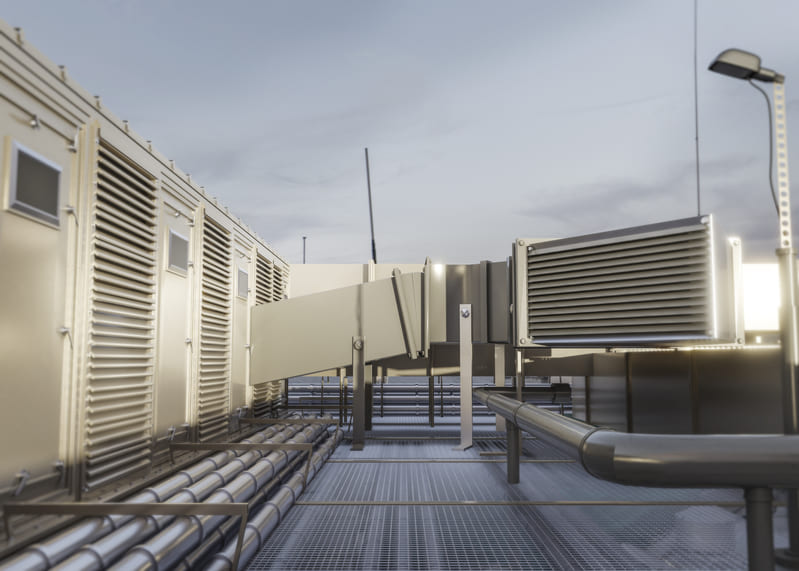
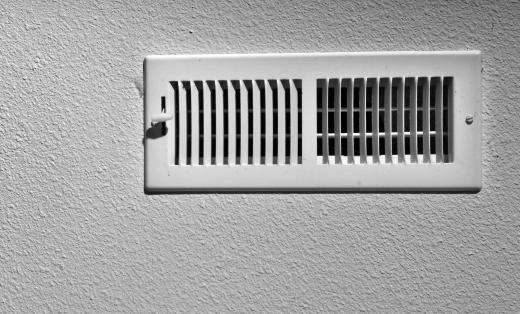
Why is Preventative Maintenance Necessary?
- Find answers to frequently asked questions about maintenance below:
Preventative Maintenance is essential to the proper functioning of HVAC/R equipment. If preventative maintenance is not performed regularly or if it is done ineffectively, the equipment will require extensive and costly repairs at a later date. This is not just a case of “pay me now or pay me later.” It is a case of “pay me now or pay me considerably more, later,” and loses reliability in the process.
Proper preventative maintenance of HVAC/R equipment requires regular inspections each year. During these inspections, proper operation of the equipment is checked and verified. All mechanical equipment is designed to operate within certain limits. HVAC equipment is no exception, and if not properly maintained, the equipment will exceed its design limitations with the result being equipment failure.
Proper preventative maintenance of HVAC/R equipment requires regular inspections each year. During these inspections, proper operation of the equipment is checked and verified. All mechanical equipment is designed to operate within certain limits. HVAC equipment is no exception, and if not properly maintained, the equipment will exceed its design limitations with the result being equipment failure.
Why must we replace air filters?
Air conditioning equipment is designed to operate with a specific quantity of air passing over its indoor coil surface. When air filters are not replaced, they clog and become coated with dirt. Similarly, the indoor coils get coated with dirt. This dirt reduces the amount of air through the unit below the design limit, leading to catastrophic failure.
In the cooling mode, if there is not enough air over the indoor coil, the coil temperature drops. When it drops below the freezing point, ice forms on the coil, which further reduces the airflow, which further reduces the coil temperature. The compressor within the unit is a pump, which is designed to pump a vapor. As the airflow through the indoor coil drops, there isn’t enough heat being removed from the air passing over the coil to vaporize the liquid refrigerant inside the coil. Thus, instead of receiving a vapor, the compressor receives liquid refrigerant. This is called “liquid slugging”. The effect of “liquid slugging” is similar to the effect of pouring liquid into the cylinders of a gas engine. As liquids are not compressible, cylinder pressure exceeds the design limits, of the cylinder, and the valves, connecting rods, pistons, or other internal components are destroyed. The units start out requiring that its filters be replaced. Now it needs a new compressor.
In the heating mode, low airflow causes the heat exchanger to overheat. Heat exchangers are designed to operate at temperature between 120 F and 200 F. At higher temperatures, the heat exchanger oxidizes, its life-span is reduced, or it cracks and breaks. In either case, It makes far more sense to replace air filters regularly than to replace a heat exchanger costing far more. In addition if a crack forms in a heat exchanger and it is not discovered during a regular maintenance check, dangerous combustion gases can leak into the airstream and endanger the building occupants.
In the cooling mode, if there is not enough air over the indoor coil, the coil temperature drops. When it drops below the freezing point, ice forms on the coil, which further reduces the airflow, which further reduces the coil temperature. The compressor within the unit is a pump, which is designed to pump a vapor. As the airflow through the indoor coil drops, there isn’t enough heat being removed from the air passing over the coil to vaporize the liquid refrigerant inside the coil. Thus, instead of receiving a vapor, the compressor receives liquid refrigerant. This is called “liquid slugging”. The effect of “liquid slugging” is similar to the effect of pouring liquid into the cylinders of a gas engine. As liquids are not compressible, cylinder pressure exceeds the design limits, of the cylinder, and the valves, connecting rods, pistons, or other internal components are destroyed. The units start out requiring that its filters be replaced. Now it needs a new compressor.
In the heating mode, low airflow causes the heat exchanger to overheat. Heat exchangers are designed to operate at temperature between 120 F and 200 F. At higher temperatures, the heat exchanger oxidizes, its life-span is reduced, or it cracks and breaks. In either case, It makes far more sense to replace air filters regularly than to replace a heat exchanger costing far more. In addition if a crack forms in a heat exchanger and it is not discovered during a regular maintenance check, dangerous combustion gases can leak into the airstream and endanger the building occupants.
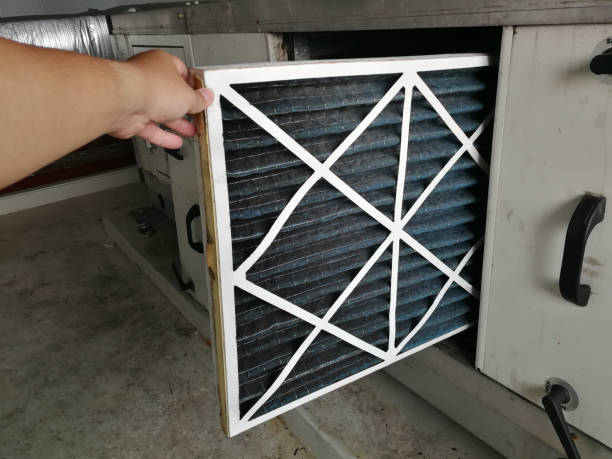
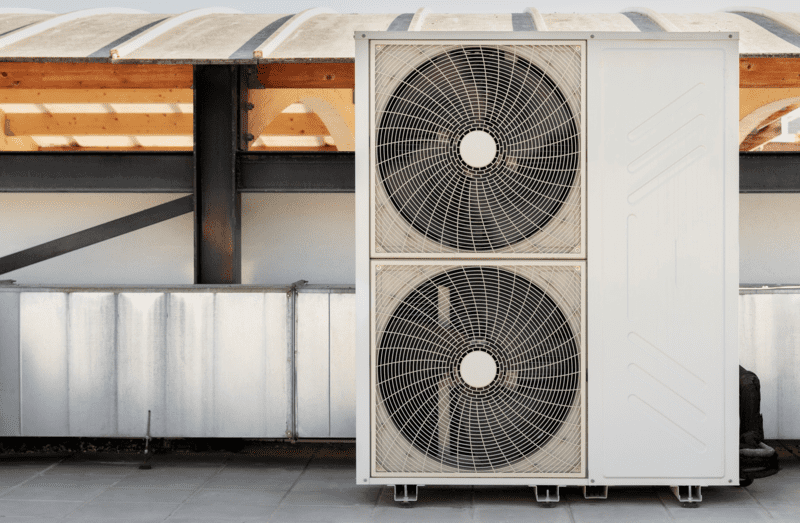
Why must we replace drive belts?
Loose or broken drive belts cause the same problems that dirty filters cause. They cause the airflow through the equipment to be reduced below design limits. In addition, loose drive belts slip on the pulleys. This wears the groove in the pulley so that when the belt is replaced, the new belt is ruined in a short period of time by the worn pulleys. Once again replace the $25.00 belt on a regular basis or spend much more replacing pulleys.
Why must we clean condenser coils?
Equipment is designed to operate between certain outdoor temperature limits. Cooling and condensing of the refrigerant vapor is designed to occur with a particular volume of air flowing through the condenser at a maximum outdoor ambient temperature. (Usually 115 F) If the finned surfaces of the outdoor coils are fouled with dirt, the ability of these coils to transfer heat is reduced and the airflow through the condenser coil is reduced. When the ability to transfer heat is reduced, the operating temperatures and pressures of the unit increase. A unit, designed to operate at ambient temperatures of 115 F or more, may stop operating at an outdoor temperature of 90 F. Due to the reduced heat transfer capability, the operating temperatures and pressures within the unit exceed the manufacturer’s safe limit and the unit shuts down. If the unit does not exceed the manufacturer’s limits by enough to shut down, it will continue to run at reduced capacity and efficiency, and at an increased rate of wear due to the increased work load.
Why Must We Check the Refrigerant Charge on a Regular Basis?
A unit operating with an insufficient refrigerant charge can ruin its compressor via two scenarios.The unit icing up due to a low-pressure condition causes the first type of failure, causing the compressor to fail due to liquid slugging, as described before. The second type of failure is due to the fact that the compressor requires a certain quantity of cool refrigerant vapor to cool its motor windings. If the refrigerant charge is not sufficient, the motor within the compressor will overheat and burn up.
The scenarios described all cause damage to occur slowly, over a period of time, usually without being noticed by the occupants of the conditioned space until catastrophic failure has occurred.
Regularly scheduled preventative maintenance properly performed, in addition to lowering overall annual HVAC/R service costs, and reducing the number of emergency calls due to catastrophic failures, will also result in lower utility costs and reduced greenhouse gas pollutants.
The scenarios described all cause damage to occur slowly, over a period of time, usually without being noticed by the occupants of the conditioned space until catastrophic failure has occurred.
Regularly scheduled preventative maintenance properly performed, in addition to lowering overall annual HVAC/R service costs, and reducing the number of emergency calls due to catastrophic failures, will also result in lower utility costs and reduced greenhouse gas pollutants.
If you have any questions, contact us at (855) 942-8883.
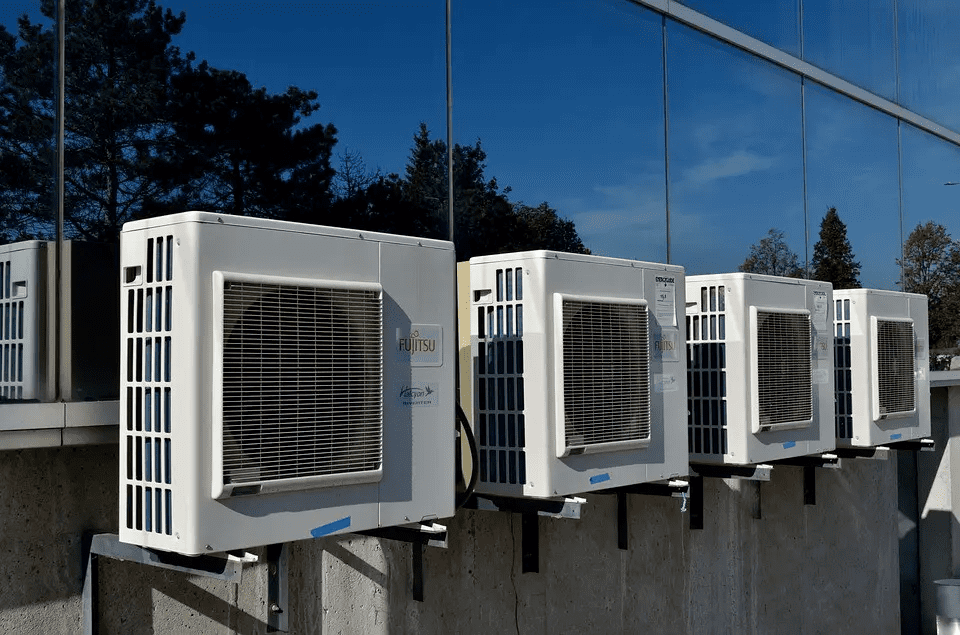
Why Inspect Relays and Contactors?
Electrical relays are designed to open and close a certain number of times with a particular current load, before the contact points are damaged and relay requires replacement. If more than the design current is passed through this relay due to a motor working too hard, or low voltage conditions, the contact points overheat and become damaged. If the electrical contacts in a contactor (large relay) begin to get pitted, and the contactor is not replaced, eventually the compressor motor or the fan motor controlled by the contactor will burn up and require replacement. Once again, if we exceed the design limitations of the device, or its anticipated life span, additional damage is caused.
Why Must We Lubricate Bearings and Rotating Components?
Bearings and other rotating parts are designed to have a useful life span of hundreds of thousands of hours, provided they are lubricated at appropriate intervals and are not overloaded due to vibration from defective drive belts or dirty blower wheels. If bearings are not lubricated regularly, they will overheat and seize. When this occurs, the bearings fall apart, and the blower wheel, shaft, and housing are destroyed. This is a prime example of a situation where inexpensive maintenance was neglected with catastrophic results.
If you have any questions, contact us at (855) 942-8883.
